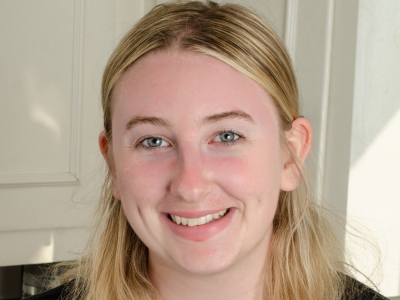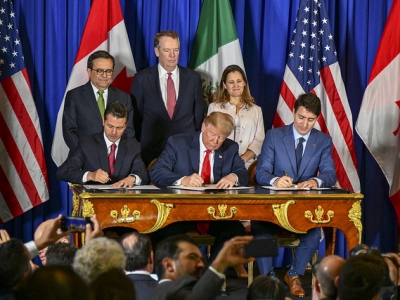By Karen Kelly
Many Canadian adults are earning a decent income. But without savings or assets, they may be living closer to poverty than they may think.
That’s the message emerging from Professor Jennifer Robson’s research on a measurement known as asset poverty, which has recently been adopted by the Canadian government.

Jennifer Robson
“When you only focus on income, you are missing a huge piece of what really matters. Asset poverty lets us look at the bigger picture of a household’s resources—their assets, as well as their income” says Robson, an Associate Professor in Carleton’s Master of Political Management program.
Earlier this year, Robson and her colleague David Russell at Oregon State University released the first national estimates of asset poverty in Canada. They relied on data from Statistics Canada and were funded by a grant from the Social Sciences and Humanities Research Council (SSHRC).
“What we found is remarkable. We have a large group of people who may not be low-income, but if disaster struck and their income stopped, they wouldn’t be able to keep themselves above the poverty line on assets alone,” says Robson, adding that many government income assistance programs can take about a month to start paying benefits to new clients.
Earlier this year, Jennifer Robson found herself sitting at a table with some of Canada’s—and the world’s—foremost experts on poverty. She was invited by Canada’s Minister of Families, Children and Social Development to present her research.
A few months later, the federal government released Canada’s First Poverty Reduction Strategy, which defined poverty in Canada for the first time and also included asset poverty in a dashboard of indicators the government will report on. In the fall, the government tabled a bill to put these measures into law.
“Politically, [setting an official poverty line] was taking a risk. But it’s hard to address a social problem when you are arguing about how you should define and measure it. Now they can focus on what is working,” she says.
Robson says there is no single solution to addressing poverty, but she is expanding her research to consider different possibilities.
“I don’t have a magic bullet, but I am looking at two things that I think are worth exploring. One is how we use the tax system to deliver incentives for people to save—and not just people who already have the greatest capacity to save,” says Robson. “My other focus is on the role of voluntary sector community organizations in delivering support to low-income Canadians through things like tax-filing, access to benefits and financial coaching.”
Wednesday, November 21, 2018 in Faculty Research, FPA Voices
Share: Twitter, Facebook



